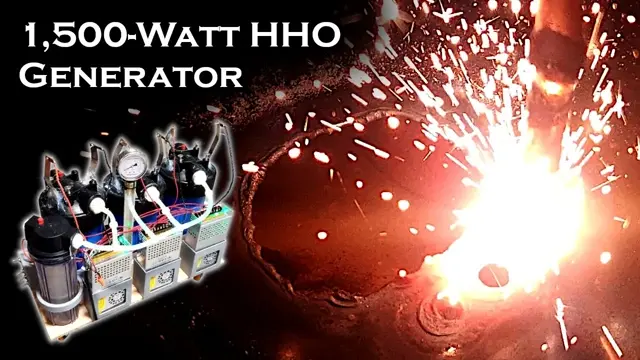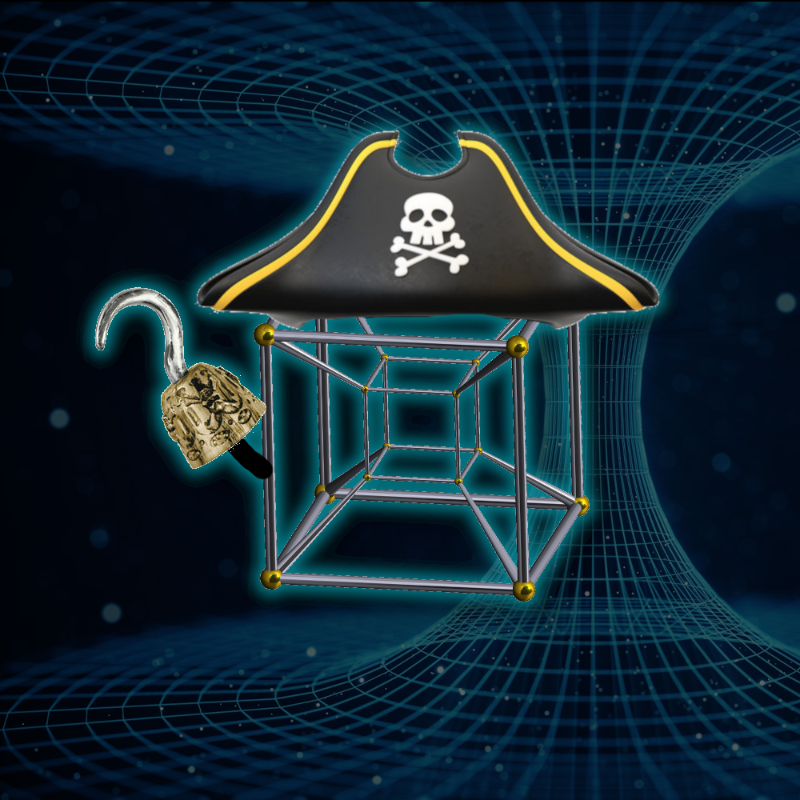2025-07-14
[public] 91.3K views, 9.9K likes, dislikes audio only
Go to https://ground.news/hyperspacepirate
for a better way to stay informed. Subscribe for 40% off unlimited access to world-wide coverage through my link.
In this video I'll show the process of building my 1,500 watt HHO gas generator. The generator is comprised of three "modules" consisting of 21 plates (20 cells) of 2" x 6" 316 stainless steel spaced 4mm apart in a solution of 20 percent NaOH (Sodium Hydroxide). The cells are placed in a 3d-printed ABS casing to prevent leakage current from bypassing the plates through surrounding electrolyte. The electrolysis cells are sealed inside of re-purposed water filter casings that can hold large amount of pressure. Each module is powered by its own a 48-volt 12.5 amp power supply. At 48V, the modules pull 10 amps, and the system as a whole produces around 5 L/min of HHO gas.
The gas is passed through a bubbler, which doesn't really clean contaminants out of the gas stream, but prevents flashback into the electrolysis cells of the modules. A mist of fine particles of sodium hydroxide exits the system with the gas, producing a bright orange flame, which would otherwise be almost invisible due to burning only hydrogen. At 2,800C, the flame is hot enough to melt steel, rocks, glass, sand, and so forth. Without excess fuel in the gas stream, the hydrogen flame is unable to weld steel because the superheated water vapor exhaust simply oxidizes the iron to black iron oxide (magnetite). However, the oxidizing flame makes the torch relatively effective at cutting steel up to 3-4mm.
Naturally, I also played with exploding balloons a little bit too. Igniting HHO creates a detonation with a velocity of around 3,000 m/s, but the peak pressure is only around 20-atmospheres, meaning it's not powerful enough to do any real damage to solid material if it's unconfined. The main hazard is hearing damage, although I'd still recommend wearing eye protection when handling anything with HHO.
With propane injected into the HHO stream, I think the flame could be made fuel-rich enough to weld steel (though at the expense of maximum temperature).
I think the main use of this type of device is in welding/melting/cutting borosilicate glass, which could be extremely useful for people who need special custom glassware setups for chemistry. There's also the potential of integrating the head into a CNC sheet metal cutter.
Music Used:
Kevin MacLeod - George Street Shuffle
Kevin MacLeod - Apero Hour
Kevin MacLeod - Groove Groove

